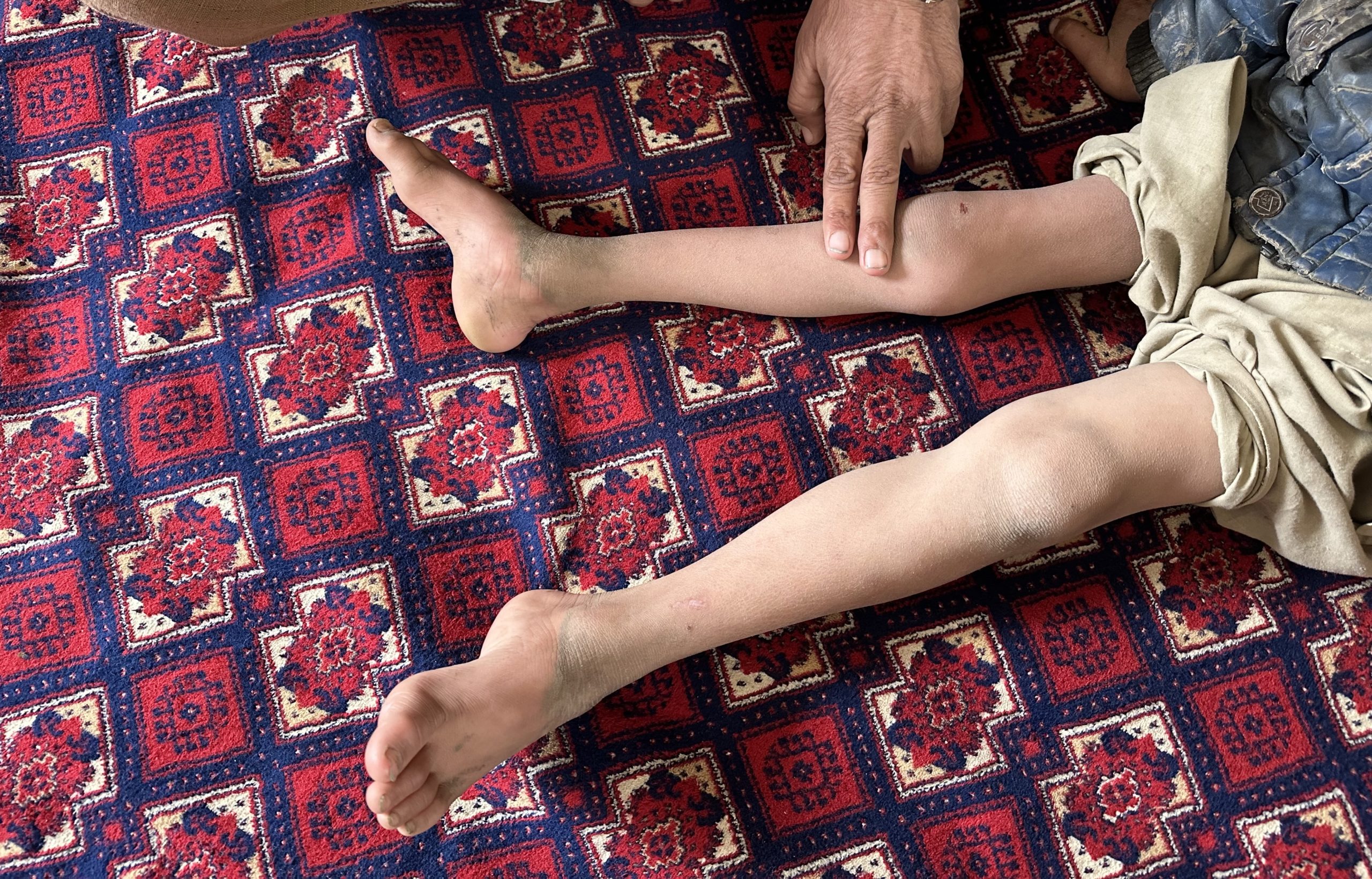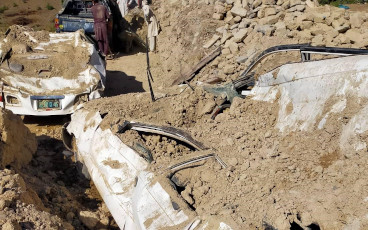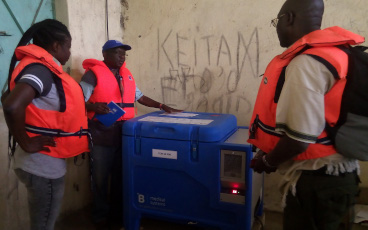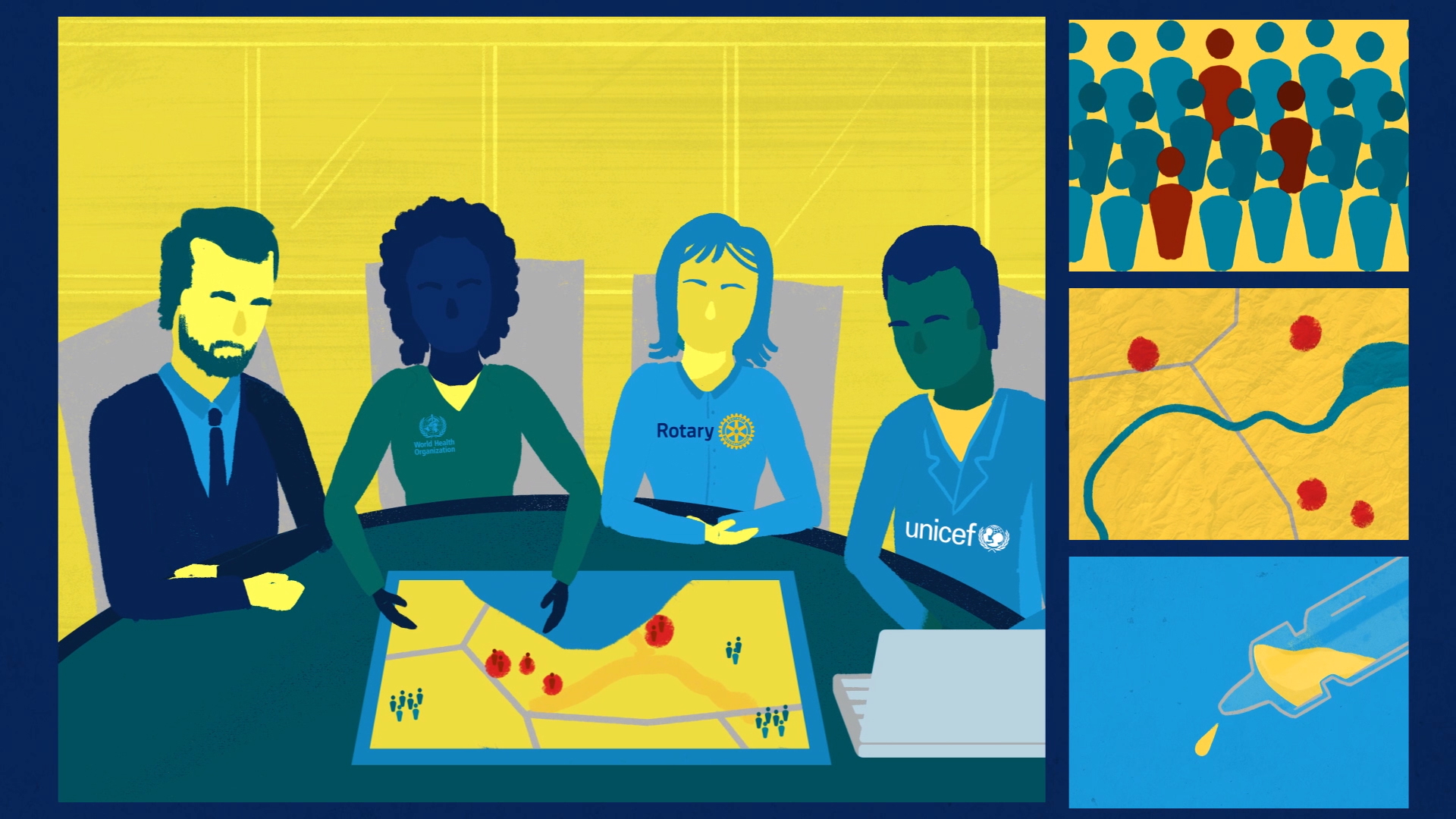
The detection of even a single case of polio anywhere in the world is considered an outbreak. As soon as the polio surveillance system sounds the alert that a virus has been found, an outbreak response springs into action.
But when a virus has so many possible hiding places, how can we be sure it is gone? What enables an outbreak response to be called to an end?
Ending an outbreak: on paper
According to official guidelines, an outbreak is considered to be stopped following a period of 12 months without the detection of any new polioviruses detected from any source, assuming disease surveillance meets certification standards. Once experts are confident that there are no immunity or surveillance gaps that could allow the virus to hide, the World Health Organization (WHO) removes the country from its list of re-infected or endemic countries.
Finding the needle in the haystack
These guidelines set important standards, yet carrying them out in the real world can be complicated. In Nigeria in August 2016, four wild poliovirus type 1 cases were detected. They were caused by a strain that had not been detected since 2012, due to insecurity making disease surveillance difficult in the surrounding area, enabling the virus to move unchecked.
This reminds us that guidelines – while essential – cannot do the job alone. Thorough epidemiological, operational and virological analysis is needed before interruption of poliovirus can truly be verified; and each new outbreak coming to an end must be assessed individually.
Outbreak response assessments
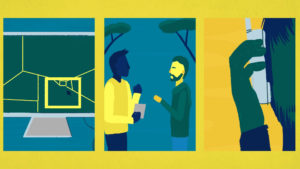
Every three months in outbreak countries, Outbreak Response Assessments are held by independent experts. They directly observe the implementation of all activities, analyse and verify the data and track how the outbreak is evolving – and whether the response is having an impact. They make recommendations to strengthen the continued outbreak response.
Outbreak Response Assessments provide crucial evidence for programmatic performance, risk management and evolving epidemiology. Without such assessments, we could not verify the continued presence or absence of poliovirus circulation.
Once 12 months have passed with no cases and immunization and surveillance data has been carefully scrutinised through these assessments, the outbreak response assessment committee finally draws its conclusions that the outbreak is over.
International Health Regulations
Information and conclusions from Outbreak Response Assessments are taken into consideration by the Emergency Committee of the International Health Regulations (IHR). Through the IHR, countries work together for global health security, limiting the risk that outbreaks spread across borders. In 2014, polio was declared a public health emergency of international concern under the IHR, leading to temporary recommendations which were put in place for all countries with or at risk of polio to reduce the risk of international spread.
The Emergency Committee on the Spread of Poliovirus meets every three months to review global epidemiology. They draw their own conclusions and classify countries into categories of risk. This helps to stop new outbreaks from taking place and adds an extra pair of eyes to assess when an outbreak has come to an end.
Becoming officially polio-free
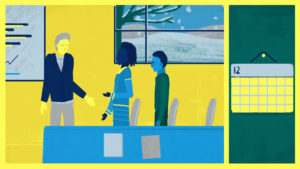
The final stamp of approval that a region is polio-free only comes with regional certification. An independent Regional Certification Commission reviews data from all countries in a given region, ensuring that surveillance indicators and vaccination coverage from every single area are of the highest possible levels.
This process takes at least three years. Only when no virus has been detected anywhere in the region for a significant length of time and no doubt is left that the virus is completely gone does a region become certified as polio-free.
Only when no case of polio has been detected anywhere in the world for more than three years will the Global Certification Commission for the Eradication of Poliomyelitis meet to take a decision on whether the virus is truly gone from the world.
No room for complacency
Time, attention to detail and double checking what we know – this is what it takes to end an outbreak.
In the end, the decision to end an outbreak is only as good as the data from each remote village, each sample tested in a laboratory and each vaccination round. This makes knowledge the most powerful tool we have in the fight against polio.
Even once an outbreak has been stopped there is no room for complacency. As long as poliovirus continues to circulate anywhere in the world, countries everywhere remain at risk. As polio moves with people, any population movement to an area of low immunity can lead to a new outbreak.
Until the world has been certified polio-free by the Global Certification Commission, all countries must vaccinate every last child, find every last virus and be prepared for any outbreak.
